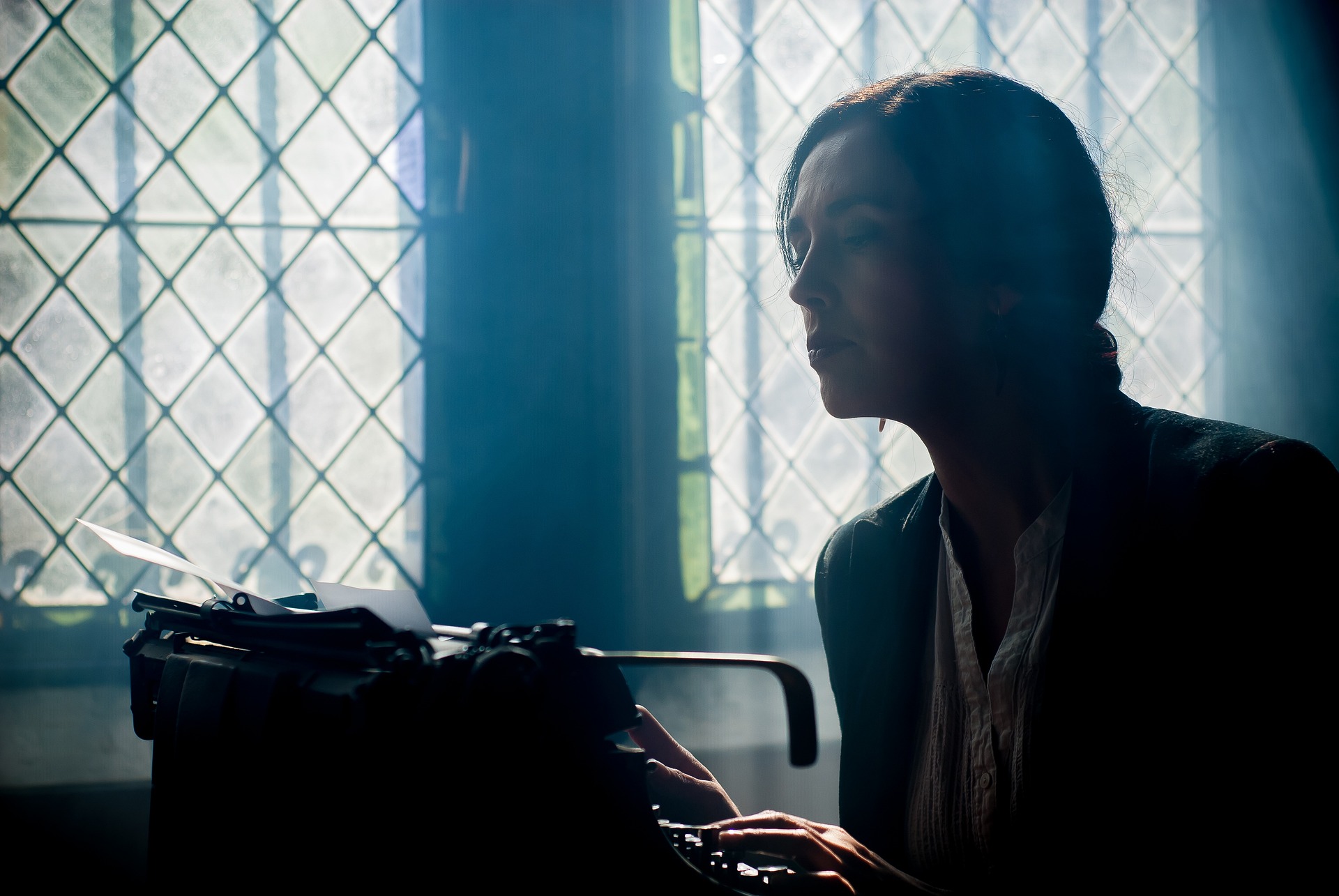-
Writing the Middle

Some stories take a while to get started. Others suffer from a rushed or poorly thought out ending. Yet the place where a lot of stories I’ve read stumble is in the middle. The middle is also where a lot of beginning writers start to run into problems, lose steam and confidence, and are tempted
-
Grammar in Creative Writing

You can think of this post as a precursor to my “How Do I” series. Those posts are all about grammar and structure. Not as in-depth as someplace like Grammarly’s blog, but they’re still among my longest posts. So I’d like to take a step back and talk about the role of grammar in creative
-
Method Writing: The Making of “Bael-Sur”

In December 2017, the YouTube channel Tale Foundry released a video about H.P. Lovecraft and his Cthulhu mythos. I’ve never been a fan of horror, but Tale Foundry’s video inspired me to take a stab at writing a weird and creepy story. As I was brainstorming the plot of my short story, I found Cryo
-
The Writer’s Responsibility: A Manifesto
I’ve tried to write this post for months. At times, I was too scared to write it. Other times, I was more scared of what would happen if I didn’t. I’m going to touch on topics that are often discussed when talking about media — be it books, movies, TV, video games, etc. But honestly,
-
Building Characters Organically

In one of my earliest posts, “Stop Trying to be Unique”, I encouraged writers to use archetypes, to not reinvent the story if they didn’t need to. In another, I gave an example of how adding conflict to an archetypal character can turn her into an interesting individual. Yeah, both of those posts were cool.
-
Character vs. Conflict, and Does it Really Matter?

I’m part of a writers’ Facebook group, and a recent discussion centered on the question of which was more important to the story — the characters or the conflict. Many people answered that character is more important. I answered that conflict is more essential. Maybe it’s because I enjoy playing devil’s advocate, but it’s mostly
-
Eight Points of View: Second Person

Throughout this series, I’ve described the relationship the writer has with the story — the roles he assumes to write it. The reader’s relationship to the story has been irrelevant. That’s not the case with our final two points of view: second person and second person observer-narrator. You can even say these points of view…
-
Second Person Observer-Narrator: Garrett Morton
You, Dora, and the professor reach the center of the warehouse and enter the strangest room you have ever seen. In the dim light, you can make out hundreds of skulls lining the walls. They must have belonged to Vasco’s previous victims. You knew that Vasco was a monster, and now you have proof.
-
Second Person: Niles Vasco
You’re rubbing alcohol onto the blade of your dagger — the ritual demands a clean blade — when you notice a change on the monitor hanging above your desk. The security cameras catch three people entering the warehouse. One is Professor Ellar. You watch them weave their way across each camera’s view. Should you stop…
-
Eight Points of View: Objective Third

In part 1 of this series, I explained that a story’s teller can be a character inside the story or some external entity. Nowhere is the latter situation clearer than in the case of objective third. This point of view is also known as “objective narrator”, and Ursula K. Le Guin uses the term “detached…